
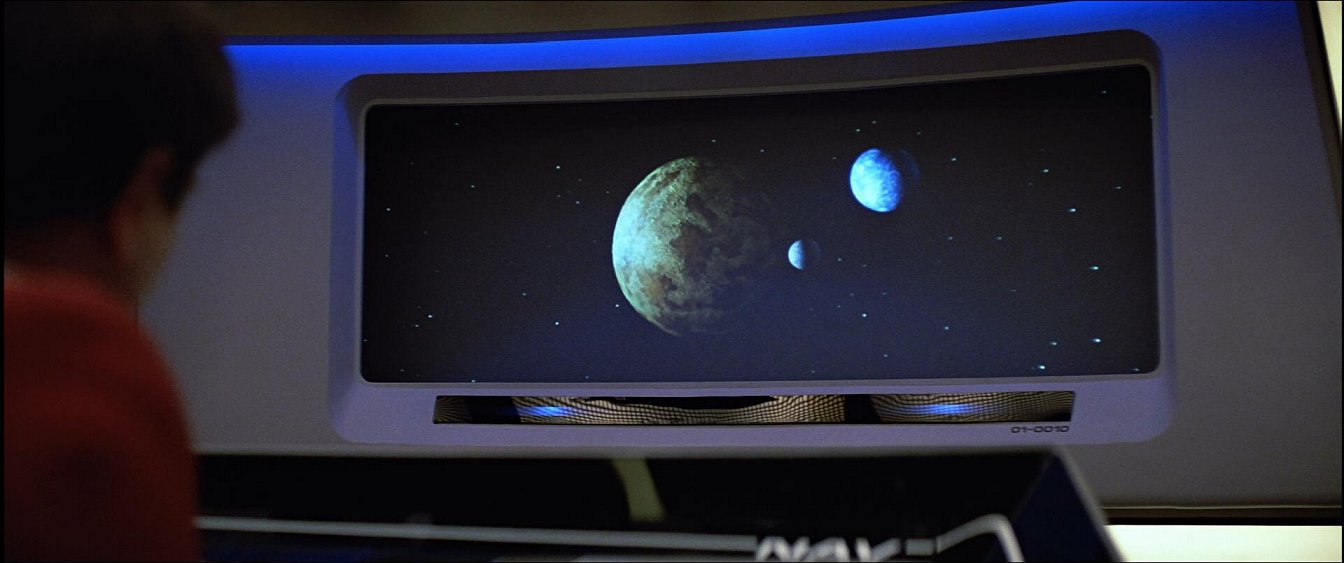
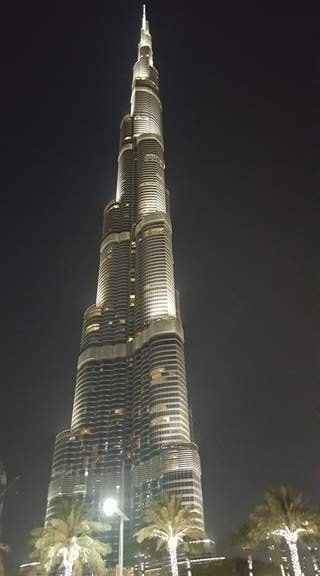 S’sana – tighten up the character and her chapters: emotion of her upbringing and escape.
Nimbus III – add Robert Fox reference that he actually authorised Nimbus III as a colony - from Federation: the first 150 years. Keep Jetanien as the original person on the planet. L-class planet that was now terraformed closer to M-class. Two moons: Cirrus and Cumulus.
S’sana – tighten up the character and her chapters: emotion of her upbringing and escape.
Nimbus III – add Robert Fox reference that he actually authorised Nimbus III as a colony - from Federation: the first 150 years. Keep Jetanien as the original person on the planet. L-class planet that was now terraformed closer to M-class. Two moons: Cirrus and Cumulus.
There was a time where Nimbus III had been shunned by the (Romulan )Empire, neglected as being a pacifistic gesture and a waste of resources. The colony had then become an important political pawn as the three governments fought over who was working hardest to renew the sandy wasteland which the world had become. With the increased importance of the colony, the Tal Shiar had returned. The colony was now the only place where the Romulans had not retreated behind the neutral zone; Tomed had been a humiliation and the Praetor had fallen. The Tal Shiar now controlled the news that leaked from the empire and the words which their population spoke.
Nimbus III was a shop-front for each nation, showcasing the benefits their worlds had.
How does the planet feel? How hot? Humid? Arid? Like Egypt?
The terraforming of Nimbus had modified the climate from hot and arid to hot and humid; the presence of plants now kept the moisture levels higher. Hawkins had visited Paradise City whilst on the Hirayama, en route to the Potemkin in the Tabula Rasa systems in 2291. The conversion of Nimbus III was in full swing back then with freighters, science vessels and passenger liners from all three governments.
Paradise City was a mass of cranes and small Work Bees, constructing the new skyscrapers whilst demolishing the Old City. On that occasion the stopover was brief and Hawkins was glad, the heat was oppressive, making him sweat after a few minutes. The plans for rebuilding the city had been proposed in 2287 and agreed between the three parties a year later in 2288. The new construction would have started first for the Sybok centre and the three towers, the original Venus Bar and old buildings would have been left intact at this point as the Old City. As with Dubai, the Old City would have lasted for a long period of time and may even still be intact in 2312 as a reminder of the old Paradise City (a good excuse for the STO version. Especially if the project gets cancelled in 2318...).
A spaceport would have been a priority for construction, allowing the transportation of building materials and colonial personnel. Legislation would have been passed to allow all citizens of Paradise to have statehood and passports. Many might have fled the failed initial colony at this first sampling of freedom. The Starfleet Corps of Engineering would have made the spaceport their hub for logistical operations. A transportation, water and sanitation systems would have been devised for the brand-new city.
Private corporations would have seen Nimbus III as a new opportunity. Talbot, Koord and Dar knew these corporations would accelerate the construction rate and build the Paradise City originally planned in the 2260s. Along with the central administrative towers, hotels, restaurants, shops and housing would all be built. Theatres, arenas and stadiums were also planned to entertain and culturally enrich the populous, a far cry from the decades preceding this.
By 2312 the city had a feel like one in the Mediterranean region on Earth: warm but with shady spots to escape the worst of the heat. Modern methods allow the central park greenery to grow and as the botanical experts of Starfleet worked over the last couple of decades, the climatology in the region changed from a desert region to a more tropical climate.
A monorail serves the city, linking all of the sectors together, running through the central Sybok Centre. A traditional souk market can be found in the Federation sector, selling all forms of clothing, jewellery and foodstuffs from around the Federation. The Federation opened a ‘knowledge village’, bringing aspects of universities and the Memory Alpha facility to the Planet of Galactic Peace. This was designed to encourage knowledge-sharing and trust.
Paradise City has top grade medical facilities; after the disasterous PR of 2287, the Federation Council ordered a top-rate hospital to be built in the city to bring healthcare to the planet. Shuttlecraft act as ambulances, bringing the sick and wounded for treatment. Even when the first clinics arrived from Starfleet Medical, the quality of life and life-expectancy scores for the planet improved beyond all recognition.
Paradise city: like Dubai. Tall skyscrapers with slums and smaller buildings further out. Warehouses and industry on the fringe.
http://en.wikipedia.org/wiki/Dubai#
Forty-five years later, Paradise City had changed in ways even St. John Talbot would never have imagined. Paradise City was now home to millions of colonists and now there were other cities dotted around the planet. Despite the Great Drought that had blighted the planet for a decade, and the accompanying neglect of the colony that took place, Nimbus III had rediscovered its way thanks to an unusual hostage situation involving a smiling Vulcan. Thanks to Sybok's plan-which had brought starships to Nimbus III to rescue the three government representatives-the plight of Nimbus III had been made public. The resulting outcry at how this project aiming for ‘Galactic Peace' had been neglected stung all three governments into rapid and comprehensive action. It was that action which had created the bustling megacity that Paradise City had now grown into.
Originally, the three representatives had met in a back room in the Paradise Inn. This had led to the temptation to engage in excessive drinking of alcohol when it became apparent that the three governments had "lost interest" in the colony. Upon the resurrection of the colony from Stardate 8454, the three governments decided to jointly build a central structure in Paradise City fit for their representatives. Three towers, one built by each government, grew from the new centre of Paradise City. Each tower bore the styling of the people it represented. To avoid any political ramifications, all governments agreed the towers would be of equal height and joined at their bases by a conference centre.
Hawkins smiled, a little embarrassed. "I read the memoirs of St John Talbot when they came out--didn’t everyone? I was expecting a dusty ghost town like we saw on the Federation News Service twenty-five years ago."
"Back then, Paradise City held maybe a couple of dozen thousand people," a voice rang out from behind them. It was Tara Reid, Talbot’s aide. "We also were in a walled city which was in pieces after the assaults by the ‘Galactic Army of Light' and Starfleet rescue team."
Tara was an efficient, petite Irish woman with her dark hair in a bob. She exchanged greetings with the Captain and his team before gesturing them to follow her as she continued her introductory spiel. Kissunguaq smiled and shrugged at Hawkins, simultaneously raising eyebrows the two of them sharing a look which said what have we got here?
"We actually have to thank Sybok, for he reminded the universe that we were here. Paradise City is now the largest city on Nimbus III, the planetary capital and only place in the galaxy where Klingon, Romulan and Federation live and work together on a daily basis. Billions of colonists have travelled to Nimbus III after our revival, caused by the publicity from the hostage crisis. Paradise City is home to millions of colonists from the Federation, Klingon Empire and Romulan Star Empire. Virtually the whole township of Paradise City has been demolished and rebuilt."
Central to the new Paradise City were the three government buildings. Each building had the characteristics of the government it represented: the tall glass edifice of the Federation tower; the imposing, aggressive-looking Klingon tower that was almost a miniature of the High Council building on Kronos; and the regal Romulan tower that was similar in appearance to the Romulan Senate buildings on Romulus . These citadels, although separate as three, were joined at the base by the crystalline dome that was the Sybok Conference Centre. This building was designed in the shape of the Vulcan IDIC symbol.
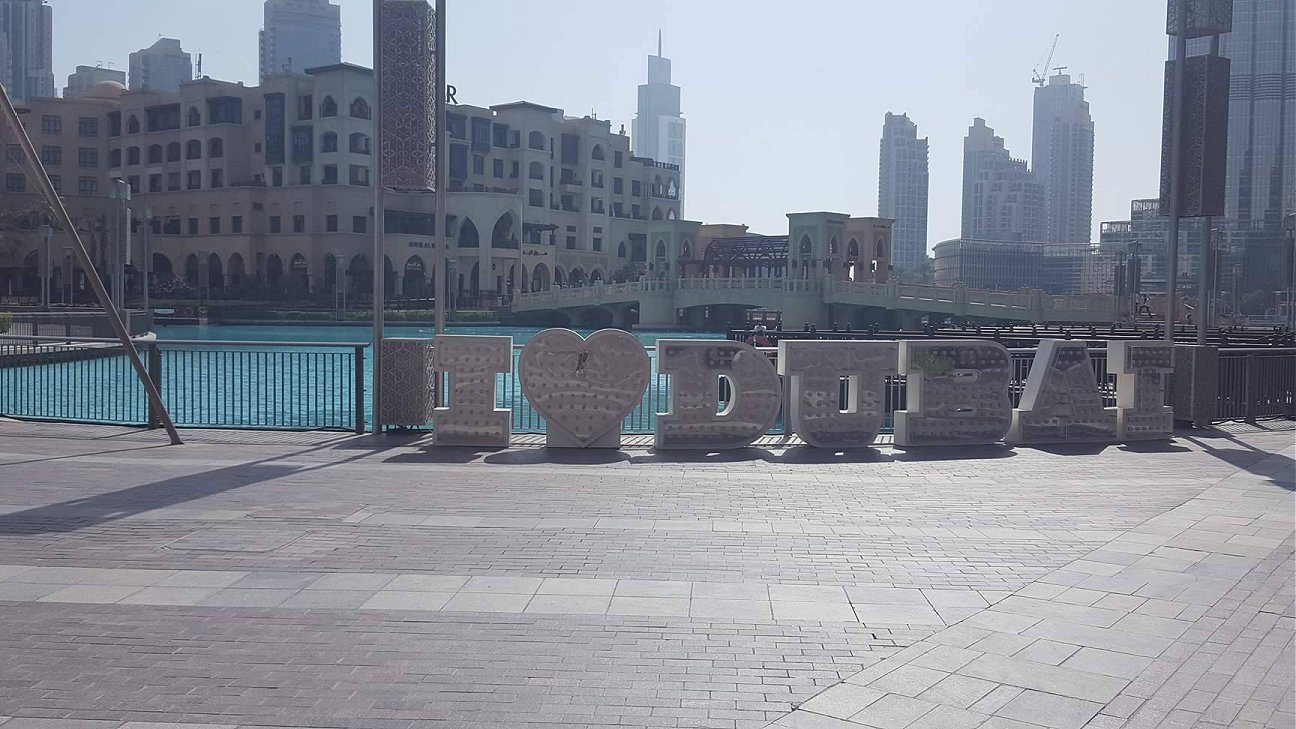
Tara and Captain Hawkins talked about the development of the colony as they walked into the main centre. Along with the reconstruction of the colonial aspects of the Planet of Galactic Peace, hundreds of ships had also arrived with the express purpose of restoring the ecosystem of the planet. Climate managers, botanists and biologists were brought in large numbers to achieve the goal of reviving the planet to the idyllic state it was in when the colonists first arrived.
Hawkins remembered from Talbot’s memoirs that one of the ships at the forefront of the mission to restore the ecology of the planet was the Oberth-class science vessel U.S.S. David Bellamy. Captain Clark Rogers led the specialist crew of the ship and the region around Paradise City was selected as a test region to restore the crops and trees. This was done as much to produce positive images to attract new settlers as for the more important short-term objective of feeding the emaciated colonists, reversing the dreadful effects of the decade-long Great Drought.
At street level the bustle, street markets and food, parks and restaurants in the Federation sector, a stadium- what sports? Human ones, alien ones.
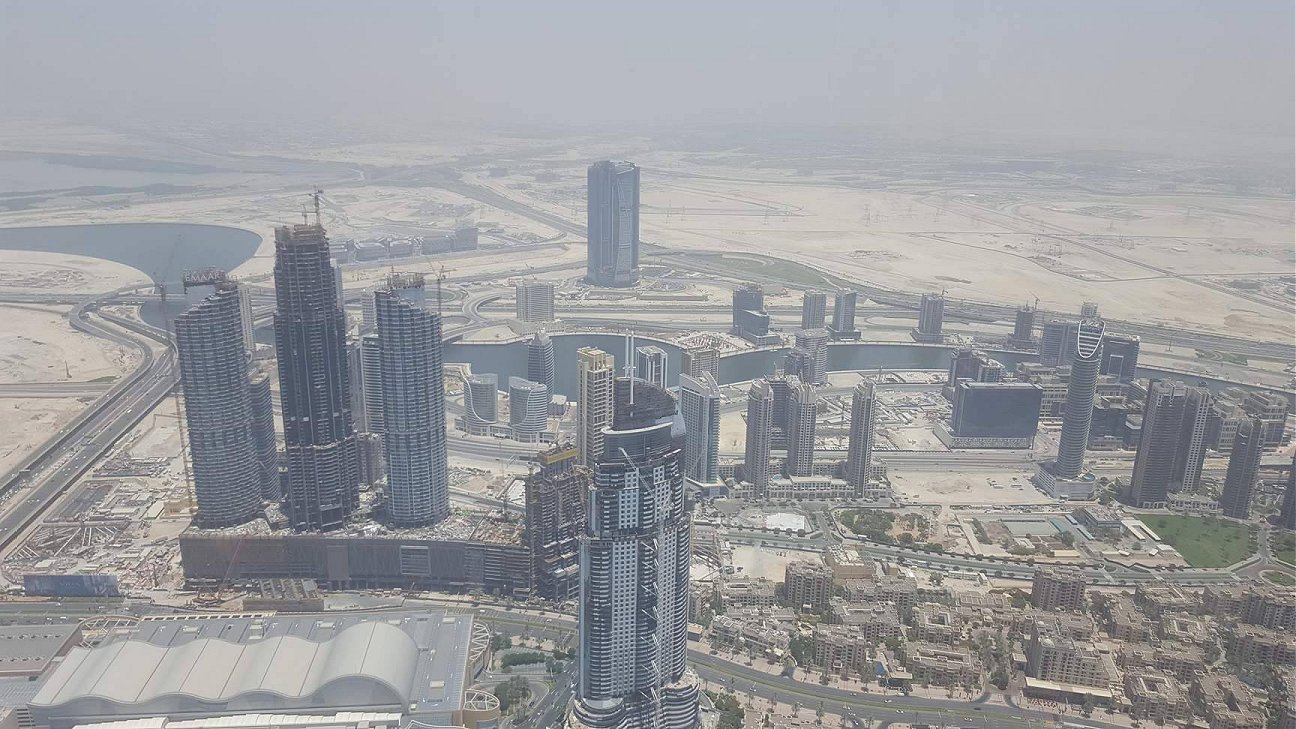
The streets of Paradise City were a world away from the air-conditioned controlled silence of the skyscraper offices. Anyone walking the streets was confronted with a riot of noise and colour; street vendors prepared food, offering samples to passers-by; shop keepers enticed the wanderers to enter their business and view their products. The open-air bars had a myriad of species sitting and chattering, drinking strange cocktails and watching the world go by.
Neon signs advertised many of the businesses, especially the larger, more mainstream ones based on the floors above ground level. The freedoms of Nimbus had been exploited to the full, with gambling and lap-dancing establishments, that largest of which was the Venus Club. The Club had started off as the Venus Bar in the original Paradise City; the ‘grandfather rights’ of the establishment had allowed its owner to upsize and rebuild in the current regeneration project. In the narrower alleyways and further out of the city, more seedy, exotic and debased ‘entertainment’ could be found.
In the city centre, the Federation sector of Paradise had a 80 000 seat sport stadium, a collection of theatres, parks and other recreational facilities. The Souk shopping mall had a collection of shops from across the Federation. There were a number of places deliberately designed for people to gather and talk. Every species across the Federation, and more besides, could be seen on the streets of Paradise. On the horizon, some of the tops of the taller Klingon or Romulan buildings could be seen with their alien writing on the sides
Further out from the centre, tall buildings emblazoned with corporate logos could be seen, including the ever-present Prime Industries. Prime had been at the forefront of redeveloping Paradise City. They had provided their vast spectrum of services to realise the vision of St John Talbot. The waste reprocessing facilities had to be upgraded to cater for the larger city, the old town had to be demolished in a specific sequence and new buildings had to be built to home all of the inhabitants of Nimbus III – and all of the new ones forecast to arrive.
Principal amongst the improvements to Nimbus III and Paradise City was the creation of the three towers to home the three representatives of each of the sponsoring governments and the spaceport. Paradise City had long lacked facilities for freighters and passenger ships to visit; the planet had suffered as a result. This was rectified within a decade by Prime Industries, providing a vital network of flights from each of the sponsoring nations.
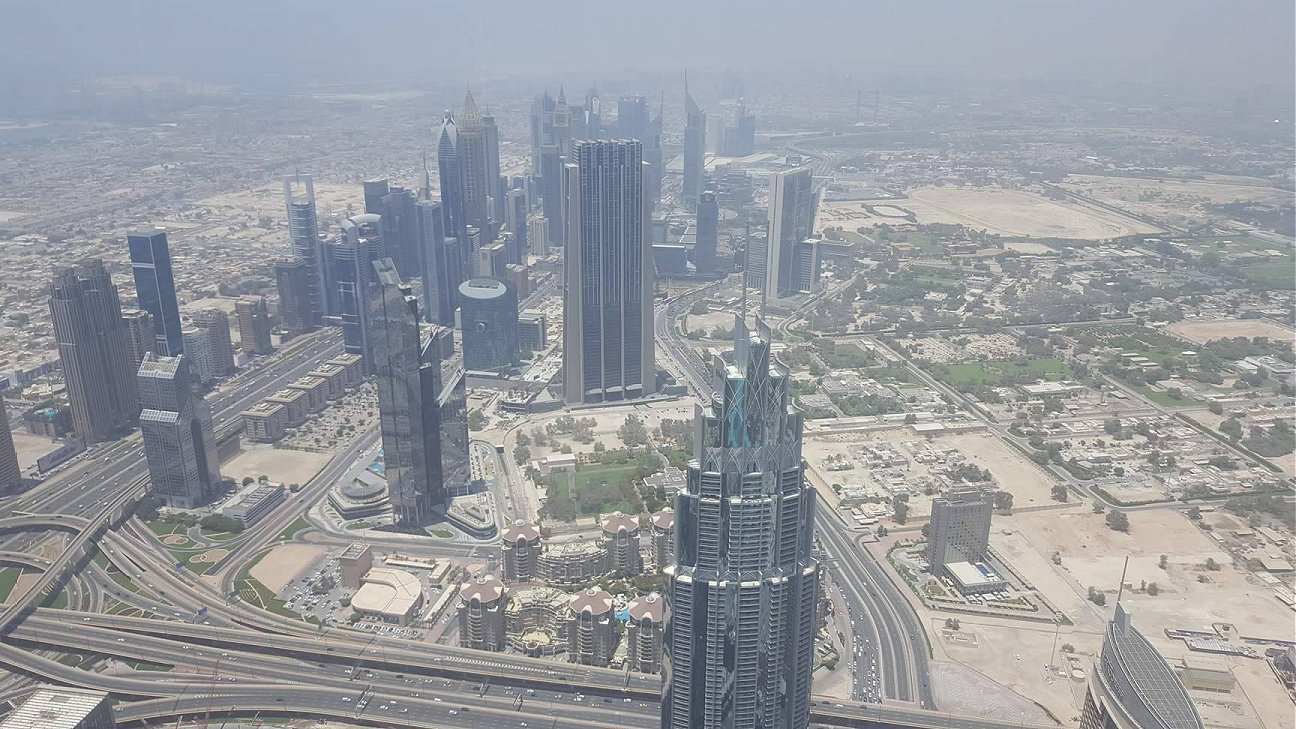
A vast underground train system had been constructed at the same time, providing a rapid, cool form of transport around the city. The stations were concentrations of bustling individuals travelling from one sector of the city to another. It was not unusual to see Klingon or even Romulan civilians on the trains. The underground provided the easiest means of travel from the spaceport to one of the myriad of hotels that had sprung up across the city.
The noise? The chatter of languages, the dress, the fashion. Conversation, traders – people enticing you into their shops and cafes. Sound of shuttlecraft overhead.
Rivers of Paradise City: Gihon, Batlh and Tiber. Federation river named by St John.
As she walked along, SCPO Tamkivi remembered seeing the changes happening on Nimbus III during past visits to the colony which she still could not discuss with the others. The city seemed to have grown even further than the last time, the sights and smells triggering memories that had been forgotten. The Estonian twin had many adventures in the last few years which she couldn’t discuss; Ilani had joined her for one of those missions. Leena ran her hand through her greying hair, tousling and then combing the hair with her fingers. Not all of the memories were good ones.
Outside the three government towers was the Galactic Peace Park. This was a huge expanse of grass and trees with a river running through the middle. This park was created before the towers were even half-way through their construction.
Ramon was an Israeli from Jerusalem on Earth. Ramon was a deeply religious man, but then he was from the world capital of most faiths. For years, his home city had been the focus of divisions between the principle faiths, but now it proudly stood as Earth's example of acceptance and understanding. If Monsall had nothing much to do, Ramon had even less. He was eager to get down to the planet surface, to experience firsthand the Planet of Galactic Peace, where Paradise City was another example of acceptance that mirrored that of Jerusalem. At least on the surface.
Surrounding the park and the three towers were new accommodation blocks for the population, the three governments providing up-to-date facilities. Ilani secretly knew that this was done more to win propaganda campaigns rather than supplying aid to what many Klingons and Romulans still saw as a misguided project.
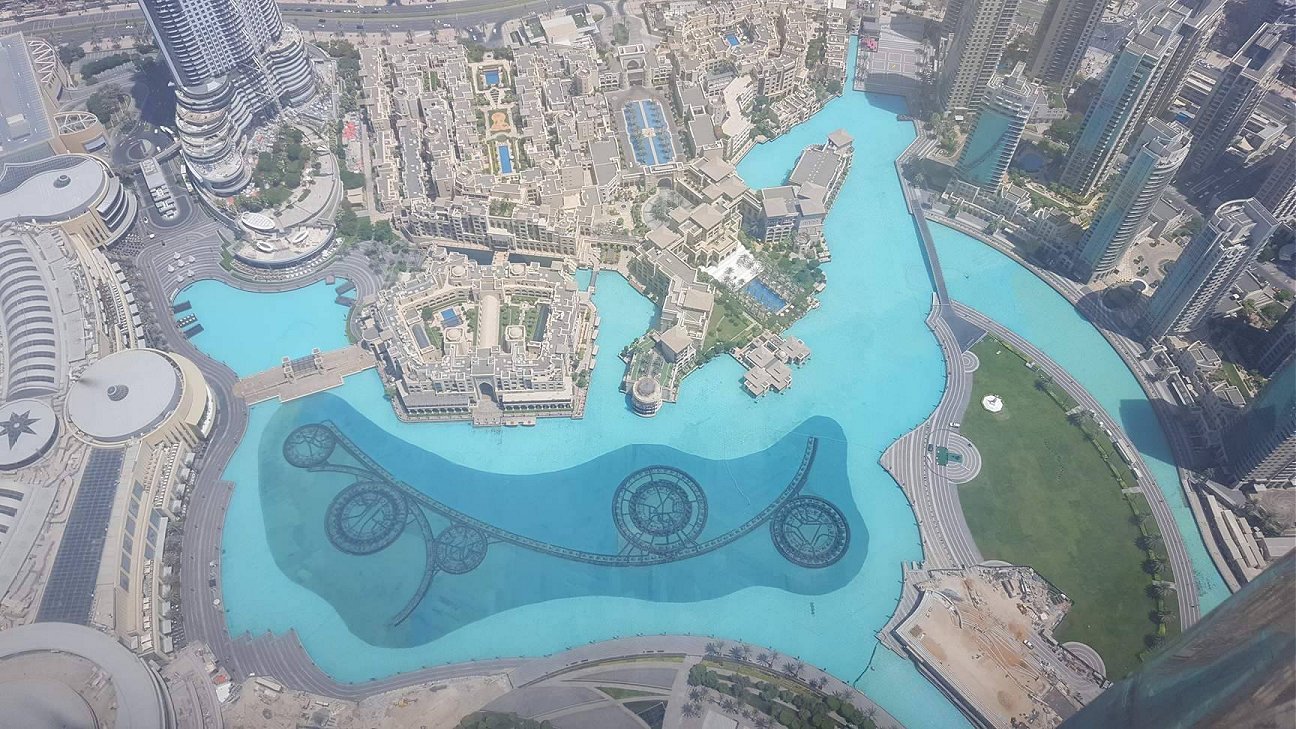
St. John warmly greeted each member of the away team individually before ushering them into his office. The office contained numerous artefacts, gifts and relics from across the Federation and beyond. Amongst the items were a Klingon bat'leth, a bottle of Romulan Ale and a tablet upon which ancient Vulcan runes were imprinted- all souvenirs from a previous adventure, from another age.
On the back wall of the office was an impressively large map of Nimbus III, noting all of the countries, cities and geological features. The planet was roughly divided into three, each sector under the control of one of the three governments that set up the colony, thirty-six years ago. On the map, in the Federation sector, the ruins of the city of New Terra stood out as a scar on the planet. The city was destroyed eleven years ago in a terrible act of terrorism. St. John Talbot felt a burning in his throat and fought back tears whenever he remembered that day. He knew every Federation colonist that had ever been to Nimbus III, not an easy task these days given the expansion of the colony.
St. John was approaching the end of his career. Now in his seventies, Talbot had become a veteran ambassador of the Federation, meeting with representatives of Romulus , Kronos, Tholia and many others. Talbot's trademark crumpled white suit had been replaced with a tidier crease-free version.
S'sana had walked across the plains of Om'rath for days, retracing her exodus from the township of Paradise. Behind S'sana were pain, anguish and betrayal. Ahead of her lay uncertainty and the pain of past rejection. Two years before, she had sworn that she would never return to the shantytown that had been her home during her childhood as too many memories were there. She had found love and her mother had denied her the consent she wanted to have before she wed.
S’sana grew up in the Romulan township of R’anvus, named for the original founder. There were a cluster of homes around the well and mine that had been the reason for founding the township there. The population never spiked beyond a few hundred people. Some of the inhabitants had worked in the mines to find the underground water sources, others had tended the fields to grow the crops. The town was off the regular tracks and never attracted many visitors; this suited S’sana’s husband, who kept his business private.
S'sana had never known her father, and her mother had never spoken of him. Her mother was protective of S'sana, always trying to guide her destiny. S'sana had rebelled against her mother's protectiveness, always wanting to experience the world that lay beyond the sphere of her mother's influence. It was this rebelliousness that had led her to her husband-to-be. It was also the same rebelliousness that drove her mother away, sent S'sana into exile and ultimately betrayed her.
It was in the rags of betrayal that S'sana now walked back to Paradise, defeat in her eyes; an acceptance of the lecture that she was to get from her mother. Was her fate to be a dancer in some fleapit bar, or a wh*re on the backstreets? Pleasuring the men of the township to earn the money to survive—her dignity sacrificed to fill her belly? S'sana had one aspect of her personality fuelled by her mother from the time she was a little girl: an aspiration to be more. More than her mother, more than her friends were going to be and more even than her dreams.
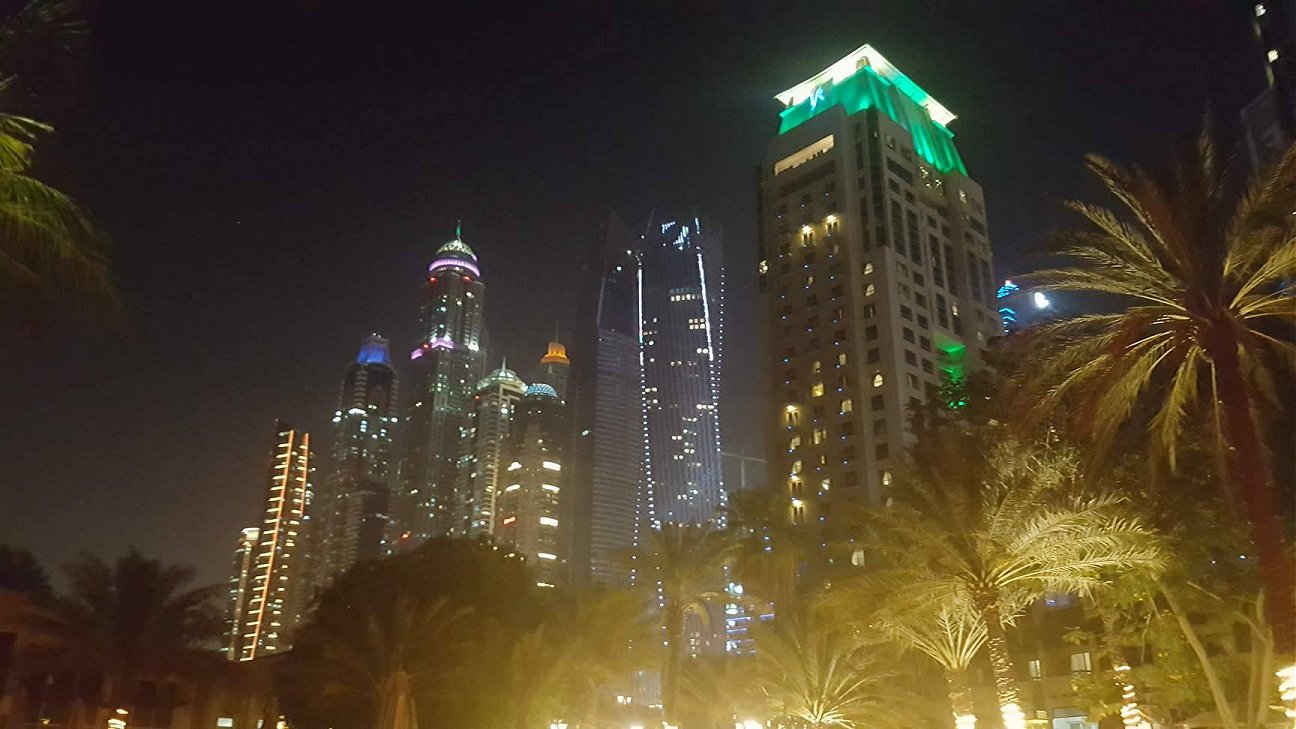
S'sana's mother had rejected her husband-to-be because he was a Romulan. She had warned him that he would, one day, betray her. S'sana had argued that the Romulan Star Empire was light-years away from Nimbus III, and that the empire had rejected the colony, just as every other government had rejected it. They were the undesirables, the unclean of the universe. No Romulan vision would steal her husband away from her. The way of D'era, the Romulan way, had betrayed her husband as it had betrayed the colony. He would have no allegiance to the empire, S'sana had told her mother. No allegiance except to the one he was betrothed to. S'sana was wrong.
S'sana and her husband had fled to a village in the Romulan sector of the planet. S'sana's half-Romulan heritage had allowed her to blend in a little with the villagers, but not enough. The green skin of her Orion blood was still clearly visible, tinted slightly olive by her Romulan DNA. Romulans, by their very nature, were very puritan in their beliefs. Imperfection was abhorred, and S'sana never felt truly at home in their midst. Whispers would follow her around the village like a breeze through the leaves.
As S'sana got close to the walls of Paradise she could see that the gate had been broken down. It wasn't long after that she had found the ragged remains of the Galactic Army of Light—souls as lost as her who had found a saviour in the form of a laughing Vulcan. The fates had then spat in S'sana's face when she discovered that Sybok had fled with the select few of his army on a starship called Enterprise. When the ship had returned, Sybok was dead. S'sana was denied her release by this saviour.
It was then that S'sana had seen strangers in burgundy uniforms, bringing aid to the suffering and trying to put the shattered gates of Paradise upright once more.
The Constellation-class U.S.S. Montrose orbited the Planet of Galactic Peace while her senior officers under Captain An'il'taya met with the Federation Representative St. John Talbot to discuss matters of great import. This gesture by the Federation was a result of the terrorist attack on the Nimbosian city of New Terra. Even now the exact number of dead could not be calculated. A shuttlecraft had deliberately been flown into the ground in the centre of the city at near-warp speed. The destruction had been virtually total. An estimate of the number of dead put the figures well over one million, and as the attack had taken place during a visit by the starship Excelsior, the timing of the terrorist attack was thus taken as not a coincidence. Despite a thorough investigation by Captain Sulu and his crew, no conclusive identity of the perpetrators could be established.
Stardate 11804.5 9th January 2304 Koord assassinated by Ch’ramaki terrorists.
Age was beginning to catch up with Koord—his reflexes were slowing and his faculties were not as sharp as they once were—and age was the enemy even a Klingon could not defeat. To many Klingons, perhaps most, the only honourable death was a warrior's death: in combat. To die from old age was not honourable and many Klingons feared to die from decrepitude before they could die in combat.
For Koord this was not an issue. Fifty years ago he had been a general for whom cadets like James T. Kirk had to learn the strategies of at Starfleet Academy. Back then he had been the archetypal warrior and desired a warrior's death. Now that he had forty years as a diplomat behind him, Koord was content that his best role was as a diplomat and distant adviser to the Chancellor.
Koord was faithful to the Empire and he viewed Azetbur as little more than a child sitting on the throne. Azetbur had a good father who had taught her well, and Koord had taken over the role of spiritual adviser to her following his death. Koord and General Kerla had been the left and right hand men of Chancellor Azetbur respectively. Kerla had guided Azetbur in military matters, Koord in spirituality and being Klingon, whilst the teachings of Gorkon kept Azetbur in good stead in matters political.
Also on Stardate 11804: Chancellor Azetbur climbed up to the podium, turned to face the lectern. There were no notes with her, no PADD of carefully selected—and sanctioned—speech as in ages past. Azetbur was a gifted orator, like her father, and Gorkon had worked hard to enhance her skills. For eleven years, Azetbur had supported co-operation with the Federation, supported the aid mission to Qo'noS—even after the attack on Starbase 11 in '98 by ‘rogue' Klingons disaffected with the closeness of relations with the Federation. Most of all, Azetbur had helped to maintain the peace. Until now.
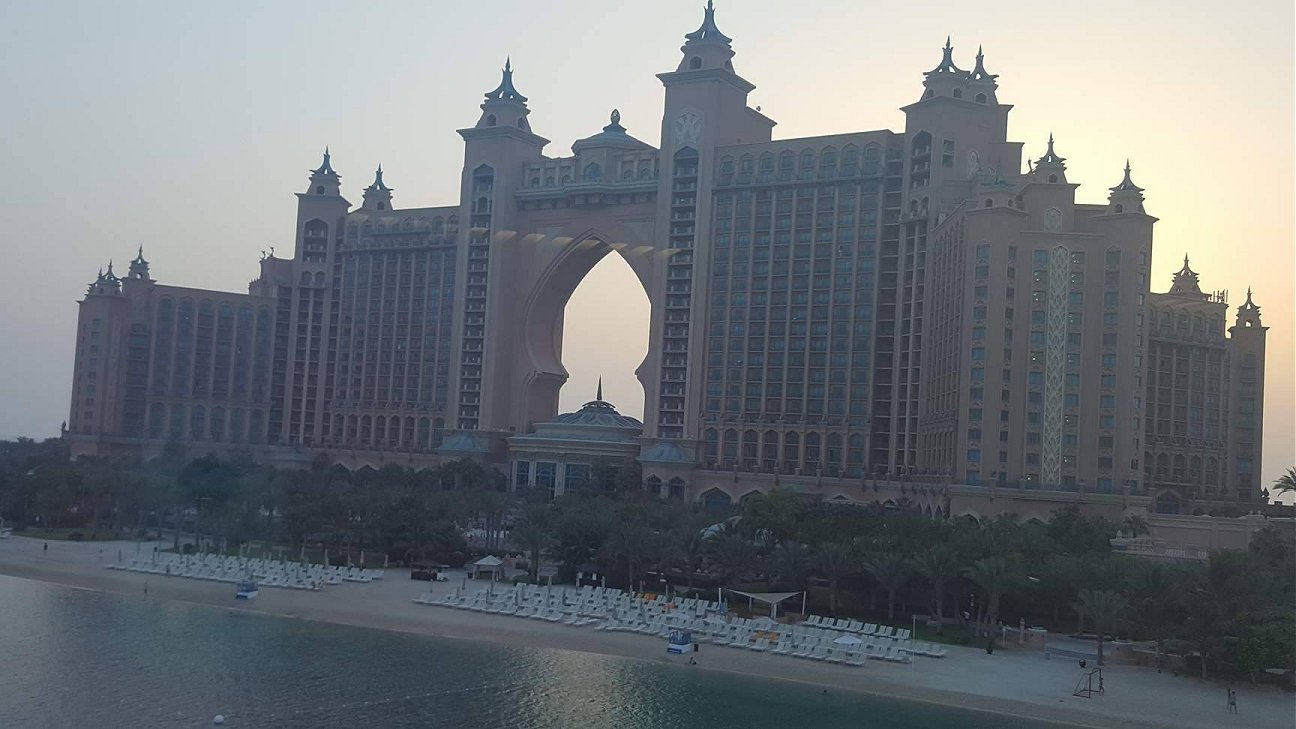
Azetbur's speech stated with all of the diplomatic pleasantries that can be expected from a Klingon Chancellor. She thanked the Nimbus III trio of representatives for organising the conference, with the view to reducing tensions between the three governments. Azetbur mentioned how previous conferences—indeed one held here on Stardate 11222—had helped to stabilise the situation between the three governments and allowed for progress to be made with trade negotiations and mining rights.
Hawkins had almost begun to relax in his chair. With the terrorist acts of a couple of years ago behind them, he thought that maybe Commander Okigbo's warning had been a misinterpretation. Then the Chancellor made the move they had all been expecting. For a while it had been anticipated, yet no one wanted to hear the words.
"...therefore it is with a new sense of vigour that I intend to take the Klingon Empire forward in this new century. For too long the Empire has placed the burden of reconstruction after Praxis on the shoulders of others. I therefore propose plans to expand the Klingon Empire to increase our resources. No more shall the Empire be denied the pride that I promised it would retain after the death of my father, over a decade ago.
"Many have spoken of the annexing of the Ch'ramak system. It has not gone unnoticed that there has even been political debate raised concerning the future of that world, the system and its inhabitants. Let me announce to the assembled persons here today that there will be no further debate on the system of the Ch'ramaki, and other systems like it. The Klingon Empire will be revived from the stagnation that callous acts have attempted to impose on us. Let the other governments assembled here understand that the Empire has traditionally expanded to survive and we shall not let our traditions go questioned any longer."
The rest of the speech was barely noticed. Most of the delegates were somewhat stunned by the almost out-of-character speech made by the Chancellor. Such strong words had not been heard since the time of Chancellor Kesh. It had been most of what the experts had been predicting: the gauntlet had been laid down. Azetbur had as much dared her own rivals, within the Empire as much as without, to get in the way of her running the Empire. This was due notice that normal service was now resumed with the Klingon Empire and the tolerance for interference from without and within was at an end.
After such a revolutionary speech, and having left many of the delegates wondering how to react, Ambassador Talbot called for a recess: There was much that would need to be discussed by the assembled representatives, best done in their own tower.
Ch’ramaki needs changing as invaded in 2285. Speech should not be described as out of character. Should follow on from the speech about Terajun.
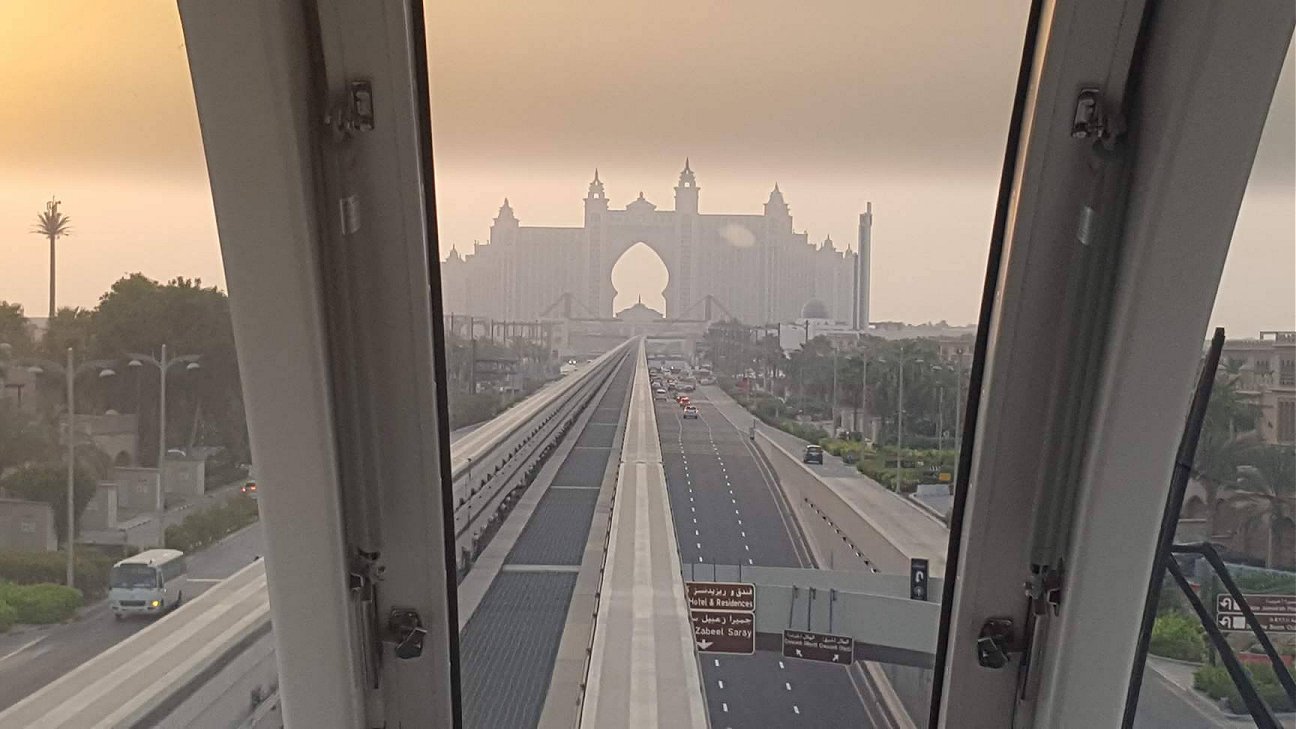
Other places on Nimbus:
Lonely Town, Dead End, Faraway, Dead Man’s Drop, Road’s End and Happy Meadows. Also Central Badlands, Starveling Run and Desperation Valley. Cheron, Perdition, Chongtar, Sidespar and Tarach Mountain ranges and Mossy ocean.
Location of ISC device? Dead man’s Drop. Dead man’s Drop was like something out of a Western movie. The settlement was a collection of scruffy buildings with gaudy signs advertising their business and a saloon to wet the throat of the locals. The Mappin was parked in a quiet spot, allowing A’ochak and his team to disembark and head for what was referred to as the medical centre, which was little more than a general practice drop-in centre.
Dead man’s Drop was on the outskirts of the central badlands region of Nimbus III. After the Sybok incident the ecology of the planet was restored by years of careful aid, allowing the once-arid region to be a more tolerable savannah. The township was the first sign of life after the tall grasslands and blazing sun and a well-stocked medical centre was a wise precaution for the arrival of sick or injured visitors. Records showed that the mines had fallen out of use during the late 70s during the Great Drought.
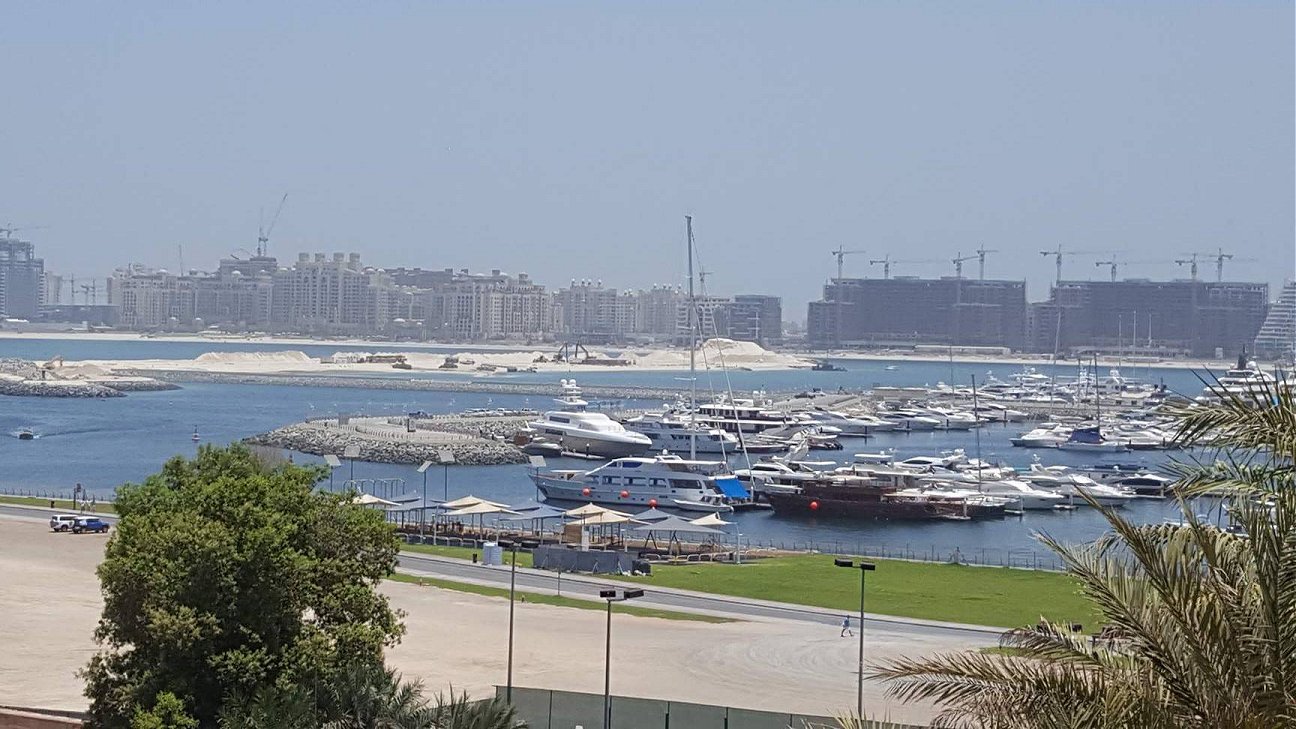










 S’sana – tighten up the character and her chapters: emotion of her upbringing and escape.
Nimbus III – add Robert Fox reference that he actually authorised Nimbus III as a colony - from Federation: the first 150 years. Keep Jetanien as the original person on the planet. L-class planet that was now terraformed closer to M-class. Two moons: Cirrus and Cumulus.
S’sana – tighten up the character and her chapters: emotion of her upbringing and escape.
Nimbus III – add Robert Fox reference that he actually authorised Nimbus III as a colony - from Federation: the first 150 years. Keep Jetanien as the original person on the planet. L-class planet that was now terraformed closer to M-class. Two moons: Cirrus and Cumulus.













